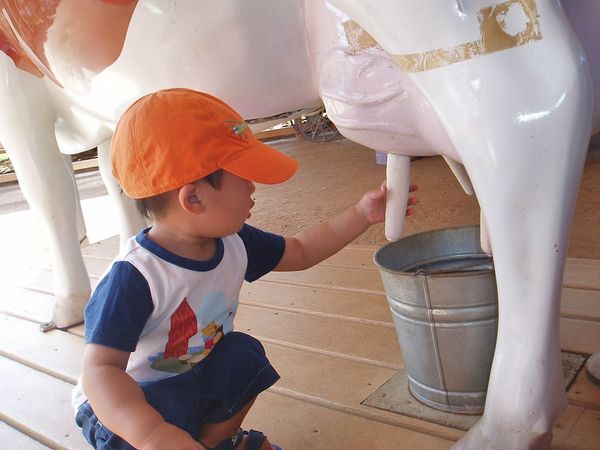“Me Too,” she said with grace, shame, and honesty. A brave woman, Kate Donnelly, shared her story with the world through a YouTube video depicting the #MeToo movement. This video is necessary to analyze because it changes the world for people who have been through a sexual harassment/abuse situation.
My analysis will be eye-opening and will show that this topic needs to be addressed. It will also show how people should know that their voices and stories need to be heard, regardless of any circumstance.
In 1997, a woman named Tarana Burke, encountered a situation that not only changed one individual’s life, it changed thousands of lives and continues to do so. When she was 13 years old, a friend of hers told a story where she was sexually abused, leaving Tarana speechless. In 2006, she realized that she knew what she should have said to her friend at that time, which was, “Me too.”
‘Me Too’ today is a phrase where those who have been sexually abused/harassed share that it has also happened to them; letting others know that they are not alone by destroying the stigma around those who have been sexually harassed. Kate Donnelly used Tarana Burke’s phrase and added a bit of a twist to it.
In her video, it shows where Kate is giving background of her personal situation. It details that she was raped on a second date in her bed. She slept in that same bed for two years, which caused her a lot of stress, hate, and anger in her life.
However, she knew she had to do something to relieve her of the pain and hurt she endured for such a long time. Should she throw the bed away, donate it, set it on fire? No, she realized that she wanted to do something that could have a positive effect on others. So, she sat the mattress outside her apartment in California, wrote in big, bold black letters “ME TOO”, she made notes, and sat out sharpies and paint where people could write their story on the mattress, or just simply write #MeToo. She woke up that next morning and went outside to check the mattress and discovered where people wrote their stories all over it. She was shocked, and had so many emotions, but knew that she did the right thing.
Throughout this video, there are various appeals used to persuade the audience on raising awareness of sexual harassment and the #MeToo movement. The type of video was a home-video. It was recorded on either a phone camera or just a camera that an average person would have in their home. When the video was posted, there was no special editing to make the lighting better, the images sharper, or any additional graphical design, she even had a band-aid on her forehead and no makeup; it is real and bare.
This is using an ethical appeal.
The reason this strategy is using ethos is because it is convincing the audience that she is a normal person, too. She is not a celebrity who makes sexual harassment as something “cool,” but as something real and true, that can happen to anybody.
Another strong appeal used in this video is emotional appeal. The way ethos was portrayed in this video is when the camera shows the mattress and all of the stories written on it. For example, one story says, “#MeToo – Sexually molested and told to shut up about it when I was five years old.” Another story says, “#MeToo, by a friend’s boyfriend.”
This is very emotional because it shows that these were just average people that were walking the streets who happened to look over and notice this mattress. Then, they build up enough courage to walk over to the mattress to write and share the story with the world. This makes us realize that we may think we live in a perfect world where only a small number of people go through this situation when in reality we walk past people every day who are harassed.
Lastly, the use of logical appeal is apparent but is not a key factor in this analysis.
In the video, there is an extra clip from a tweet from Tarana Burke that states, “It’s beyond a hashtag. It’s the start of a larger conversation and a movement for radical community healing. Join us. #MeToo.” This tweet was shared shortly after the Hollywood Director, Harvey Weinstein allegations were announced, which caused people all over the world started to share their stories of abuse.
Logos is demonstrated through this strategy because it shows where the creator of the “#MeToo” movement took a stance and shared her thoughts for the world to see, so they could join also.
With all of this being said, how could one deny this argument?
Sexual harassment is not OK.
Sexual harassment is not for attention.
Sexual harassment should be addressed in every way, shape, and form.
Sexual harassment must end.
It starts when people speak out and share their stories with others. It starts with the #MeToo movement.
When people scroll through their Twitter, Instagram, Facebook, or YouTube feeds, they will begin to start to see more of #MeToo. People will share their stories, share their opinions, and change will start to happen. People will realize that this is a much more pressing issue than they originally thought. Eyes will be opened, stories will be heard, lives will heal, and voices will matter.



















